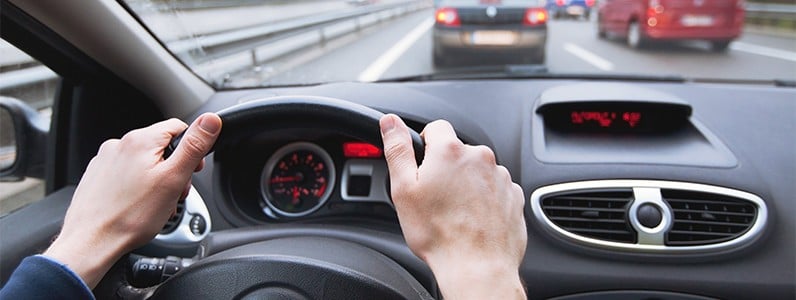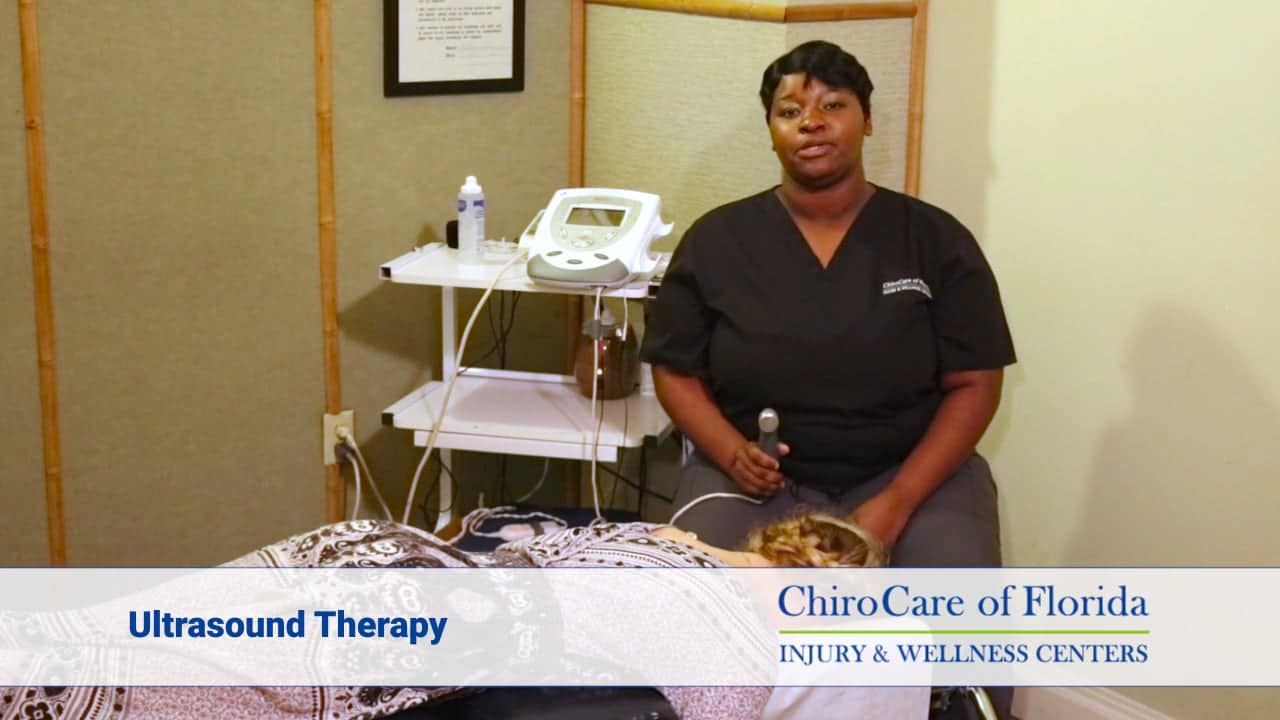After driving for decades, most people feel that they are safe drivers who know all the rules of the road. Still, even the safest drivers with plenty of miles logged can get into a car accident. By car insurance industry estimates, an average driver will file a claim once every 18 years. Based on that average, a driver will have been involved in nearly 9 accidents by the time they are 70-years-old.
All drivers know that not everyone drives well, even if most people think they do. Defensive driving is one way you can help lower the risk of an accident while behind the wheel.
Defensive Driving Tips
Defensive driving is considered a driving skill you can use to defend yourself against road hazards, including reckless drivers, poor weather, or objects on the road. Here are some defensive driving tips to help you keep everyone in your vehicle safe.
1) Avoid distractions, including daydreaming or getting lost in thought.
We know that it's easier said than done but try to eliminate all distractions when driving. There are many distractions that drivers don't initially recognize, such as eating while driving, participating in conversations with other passengers, and even adjusting the dials on the radio. In reality, all of these activities can increase your risk of accident as they take your mind, hands, and / or eyes off the road.
2) Stay alert and be prepared to react to other drivers.
One of the best defensive driving tips is to only drive when you're awake and focused, able to pay full attention to your surroundings. It's true what they say–tired driving is just as dangerous as intoxicated driving. In fact, sleep deprivation of just 18 hours impacts the body in the same way as a Blood Alcohol Content (BAC) level of 0.08%, which is the legal limit to drive in most states. Furthermore, pay attention to what other drivers are doing so that you can react in plenty of time.
3) Maintain a safe distance when driving behind another vehicle.
The general rule is that for every 10 mph you are driving, maintain at least one full car's length between your front bumper and the car ahead of your's back bumper. That means if you're driving just 40 mph, the ideal distance between you and the car in front of you will be 4 cars worth. This defensive driving tip helps you minimize the chance of rear-ending another driver, as you'll have plenty of time to come to a stop or to slow down if necessary.
4) Anticipate what another driver may do.
If you've been watching another driver drift in and out of lanes for the past few miles, the chances are that they will continue to do so. Likewise, if you notice that another car hasn't been using its turn signal for the duration of a drive, it's reasonable to expect that they will continue this unsafe behavior. Watch for patterns like these and anticipate what other drivers may do next to keep yourself, and others, safe.
5) Adjust your speed as needed. The posted speed limit is ideal, but you should slow down during bad weather conditions.
Obstacles in the road such as downed tree branches, pedestrians and cyclists, poorly lit roadways, and bad weather are all reasons to slow down even if the speed limit doesn't require that you do so. Furthermore, if you're feeling uncomfortable or nervous it's okay to pump the breaks a little bit. Remember that a car can begin hydroplaning at any speed over 35 mph, making it especially crucial to watch how fast you're going in the rain.
6) Take advantage of safety devices, like seatbelts and collision warning systems, but don’t rely on them.
Blind Spot Warning Systems and the like are excellent inventions, but like any computer or device, they're imperfect machines. Don't rely entirely on a warning system to tell you if there's another vehicle in your vicinity. Instead, always use your mirrors and turn to check for other drivers before you merge, switch lanes, turn, and more.
7) Plan for an emergency. Whether it’s making sure your spare tire is safe for use or keeping an emergency kit in the car – plan for the unexpected.
It's always a good idea to have a first aid kit in your truck, complete with blankets, water, and non-perishable food items in case you get stuck when you least expect it. Include items such as road flares, a two-way radio, a car-powered cell phone charger, flashlight, batteries, and more so that you can remain safe if you get stranded. Additionally, make sure features such as your car jack, spare tired, and jumper cables are always present and in good working condition to avoid getting stranded in the first place.
8) Respect other users of the roadway, including pedestrians and cyclists.
Another one of the best defensive driving tips, remember that motor vehicles share the road, and in many states and districts, others actually have the legal right of way. Cyclists, bikers, and those walking or running may be more challenging to spot in your peripheral vision, so pay close attention. Even when you have a green light, check for pedestrians crossing the roadway before you turn, merge, or proceed as they use the same road signals as motor vehicles.
9) Monitor your blind spot and stay out of others’ blind spots.
If you're driving next to a large SUV, tractor-trailer or semi-truck, or any other vehicle, it's best to either move along and pass the vehicle completely or ensure that you're a safe distance behind it so that the driver can see you in their mirrors. Getting caught in someone else's blind spot is just as dangerous as having someone stuck in yours and it increases the chance of accidents.
10) Keep up with vehicle maintenance, such as keeping tires properly inflated.
Tire blowouts and unexpected breakdowns can pose a danger to yourself and other drivers, especially when they happen mid-route. Preventative maintenance is the key to minimizing the chance of these events. Ensure your tires have the proper air pressure and tread depth, that your brakes are working properly, and that all fluid levels are where they should be. Additionally, check for things like burnt-out head and tail light bulbs and turn signals, worn-down windshield wipers, and more.
11) Look far ahead of your vehicle in order to anticipate problems like slow traffic or highway debris.
It's always a good idea to watch the vehicle directly ahead of you for signs of braking, but what if that driver isn't paying as close attention as they should? Instead, don't just look at this one car, but look at the vehicles ahead of them as well. You'll get a more complete picture of what's happening on the road and you'll have more of a heads up when you may need to stop or change course.
12) Take a defensive driving course to improve your driving skills.
Remember, you can take a defensive driving course through a certified provider in person or online. Though these courses cost money, it’s a great refresher that can help keep you safe behind the wheel.
Injured In a Car Accident? Schedule an Appointment Today
If you are hurt in a crash, it’s important that you know what to do next, which should be to get medical treatment. In Florida, you must get your accident injuries documented within 14 days of a crash to be eligible for any personal injury protection insurance benefits.
The experienced doctors at ChiroCare of Florida can help you recover after an accident. Contact the ChiroCare of Florida office closest to you to schedule an appointment if you have been hurt in a crash.









